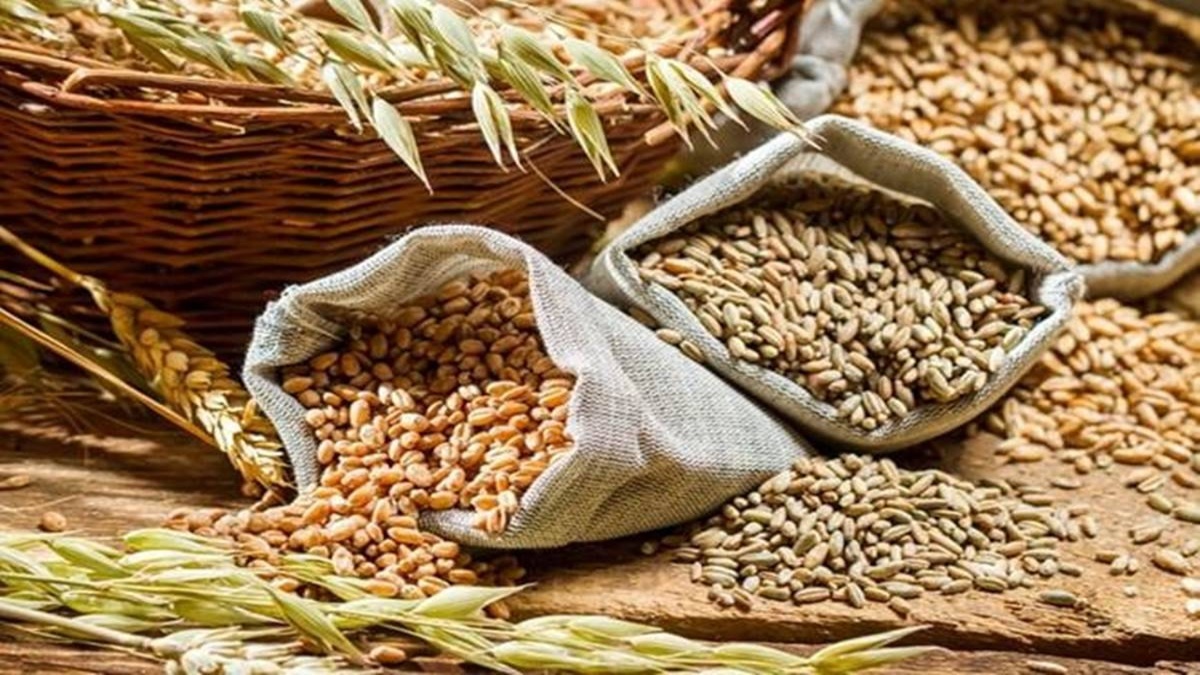


Despite plentiful harvests, food inflation has pushed retail inflation to a five-month high, with food inflation rising 4.05 percent in December, the highest in three months, and putting a strain on household budgets in a nation where 800 million people, or two-thirds, rely on food subsidies.
Reduced vegetable prices were more than offset by higher oils and fats due to rising global edible oil prices. In December, consumer price index inflation rose to 5.6 percent year on year, up from 4.9 percent in November. Food costs account for roughly half of the CPI basket and increased 4.05 percent in December, up from 1.87 percent the previous month.
The price level has a significant impact on the country’s economic management. Maintaining India’s nascent economic recovery is critical as the country battles another wave of the pandemic, driven by the highly transmissible Omicron variant. Higher inflation, on the other hand, limits the Reserve Bank of India’s ability to keep interest rates low in order to stimulate growth. The current CPI is within the central bank’s 6 percent comfort zone (4 percent plus or minus 2 percent )
Despite the signs of stabilization, edible oil prices continued driving food prices, according to data released on Wednesday. While prices in some food categories fell, others rose sharply. Rising food prices have a larger effect on poorer households, who spend a higher percentage of their monthly budgets on food. Overall, food prices fell month on month, led by vegetables, which fell 5.4 percent month on month. “This is correcting the sharp rises seen in previous months as a result of unseasonal rains,” said Sonal Varma, managing director, and chief economist at Nomura Holdings. Other food categories, such as meat and fish, edible oils, fruits, pulses, and sugar, have also seen monthly price decreases. However, despite the government’s claim that cooking oil prices had stabilized, inflation in the oils and fats categories increased by 24% year on year. Meat and fish prices increased by nearly 5%. Analysts expect supply pressures to tighten further as the third wave of Covid begins. “We predict prices to rise to 6.0-6.5 percent in January due to the rising commodity and output prices,” Varma added.
The high inflation rate in December 2021 is mainly due to a rise in the prices of mineral oils, basic metals, crude petroleum and natural gas, chemicals and chemical products, food products, textiles, and paper and paper products, among other things, compared to the previous year’s corresponding month,” the Commerce and Industry Ministry said in a statement. Manufactured goods inflation was 10.62 percent in December, down from 11.92 percent the previous month. In December, the rate of increase in the fuel and power basket was 32.30 percent, compared to 39.81 percent in November.
Rising food prices have impacted thousands of families across the developing world, highlighting the immediate need for governments to strengthen their safety net programs to ensure that price increases in basic commodities do not lead to an increase in poverty rates.